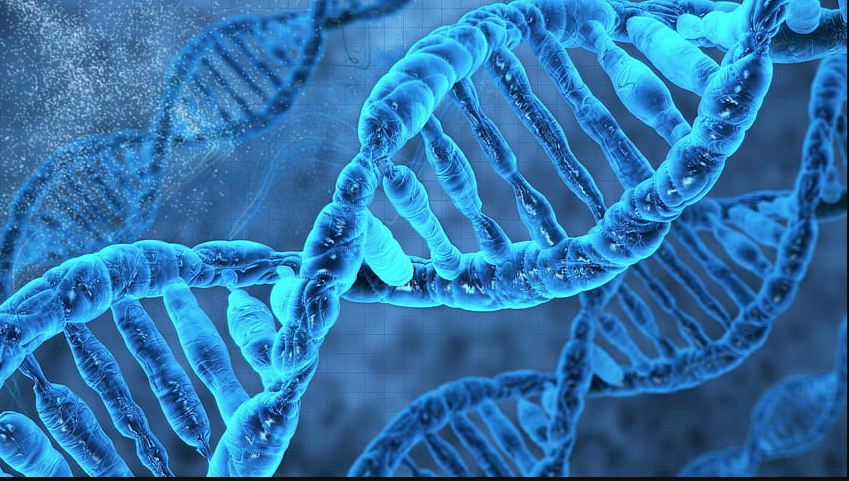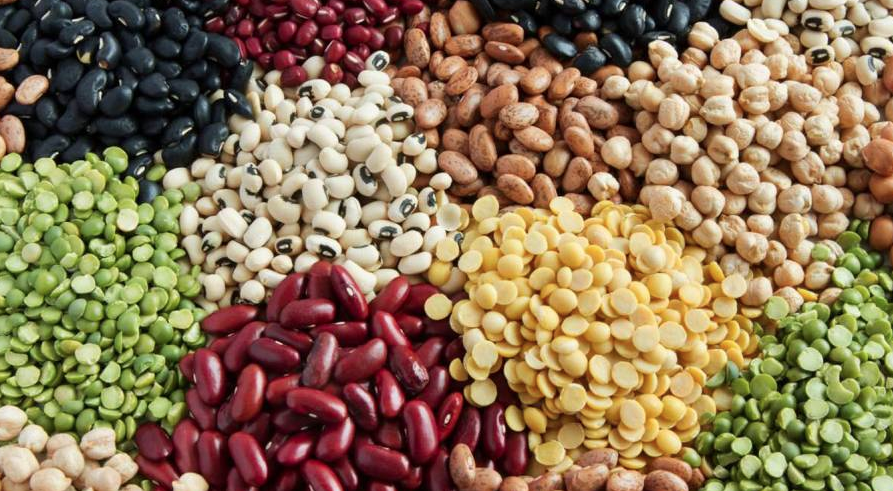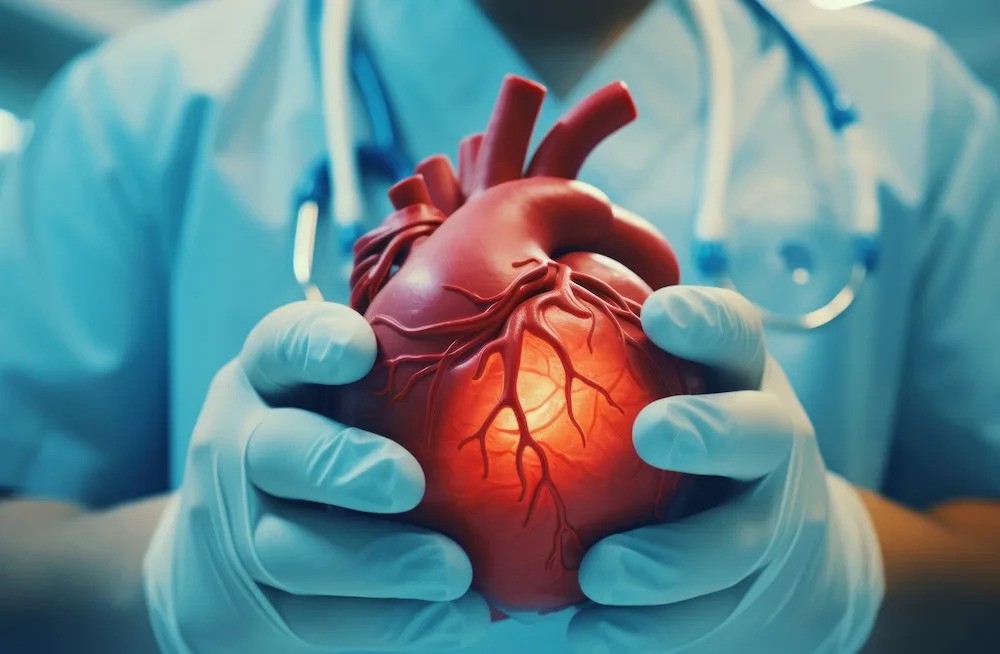A recent study suggests that Chicken Consumption more than 300 grams of chicken per week may increase the risk of mortality from gastrointestinal cancers, highlighting the need for dietary moderation. Fox News+9EatingWell+9AOL+9
Introduction
Chicken has long been considered a healthier alternative to red meat, often recommended for its lean protein content and lower saturated fat levels. However, emerging research challenges this perception, suggesting that high consumption of chicken may be associated with an increased risk of mortality from gastrointestinal (GI) cancers. This article delves into the findings of a recent study, explores potential mechanisms behind the observed risks, and discusses implications for dietary choices. Real Simple+1New York Post+1

The Study at a Glance
A study published in the journal Nutrients analyzed data from 4,869 adults in Southern Italy over a 19-year period. Researchers aimed to investigate the relationship between poultry consumption and mortality rates, particularly focusing on GI cancers. Participants’ dietary habits were assessed using validated questionnaires, and health outcomes were tracked through municipal health records. New York Post+1Real Simple+1EatingWell
Key findings include:
- Individuals consuming more than 300 grams of poultry per week had a 27% higher risk of death from gastrointestinal cancers compared to those consuming less than 100 grams. PubMed+9MDPI+9EatingWell+9
- Among men, the risk more than doubled, with a 2.6 times greater likelihood of dying from digestive cancers for those in the highest consumption group. New York Post
- The study did not find statistically significant differences in overall mortality for other meat consumption categories. Reddit+3MDPI+3News-Medical+3
These findings suggest a potential link between high chicken consumption and increased GI cancer mortality, warranting further investigation.
Understanding the Potential Risks
Cooking Methods and Carcinogen Formation
One hypothesis for the increased risk involves the formation of carcinogenic compounds during high-temperature cooking methods, such as grilling or frying. These methods can produce heterocyclic amines (HCAs) and polycyclic aromatic hydrocarbons (PAHs), both of which have been linked to cancer development. Specifically, 2-Amino-1-methyl-6-phenylimidazo(4,5-b)pyridine (PhIP), a type of HCA, has been identified as a potent mutagen formed in cooked meats, including chicken. PhIP has been shown to induce DNA adducts and mutations, contributing to cancer risk. Wikipedia+2Wikipedia+2Wikipedia+2
Industrial Poultry Production Concerns
Another consideration is the role of industrial poultry farming practices. The use of hormones, antibiotics, and certain feed additives in poultry production may contribute to the presence of carcinogenic substances in Chicken Consumption. However, the study in question did not differentiate between processed and unprocessed poultry or account for specific farming practices, leaving this as an area for future research.New York PostNational Chicken Council
Limitations and Considerations
While the study presents compelling associations, it’s important to acknowledge its limitations:
- Observational Nature: The study’s design does not establish causation, only correlation.MDPI
- Lack of Detailed Data: Information on cooking methods, physical activity levels, and other lifestyle factors was not captured, which could influence mortality risk. EatingWell+2Healthline+2National Chicken Council+2
- Geographic Specificity: The study population was limited to Southern Italy, and results may not be generalizable to other regions with different dietary habits and healthcare systems.
Experts emphasize the need for further research to confirm these findings and explore underlying mechanisms before making definitive dietary recommendations. Healthline
Expert Opinions
Health professionals advise caution in interpreting the study’s results. While the associations are noteworthy, they should not prompt immediate drastic changes in dietary guidelines. Instead, moderation and diversity in protein sources are recommended. Incorporating a variety of proteins, such as fish, legumes, and plant-based options, can contribute to a balanced diet and potentially mitigate risks associated with high consumption of any single food type. New York Post
Recommendations for Consumers
In light of the study’s findings, individuals may consider the following dietary practices:
- Moderate Chicken Intake: Limit consumption to less than 300 grams per week, aligning with the lower-risk group identified in the study. PubMed+2AOL+2Medical Xpress+2
- Diversify Protein Sources: Include a mix of proteins in your diet, such as fish, legumes, nuts, and plant-based alternatives.
- Opt for Healthier Cooking Methods: Choose baking, steaming, or boiling over high-temperature methods like grilling or frying to reduce the formation of HCAs and PAHs.EatingWell
- Be Mindful of Processing: Select unprocessed poultry options when possible, as processing methods can introduce additional health risks.
By adopting these practices, individuals can enjoy the benefits of a varied diet while potentially reducing the risk of GI cancers associated with high chicken consumption.
Conclusion
The recent study linking regular chicken consumption to higher mortality from gastrointestinal cancers challenges long-held perceptions of poultry as a universally healthier meat option. While the findings are significant, they underscore the importance of moderation, dietary diversity, and mindful cooking practices. As research continues to evolve, staying informed and making balanced dietary choices remain key components of long-term health and well-being. Real Simple+1The Sun+1EatingWell


